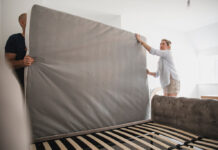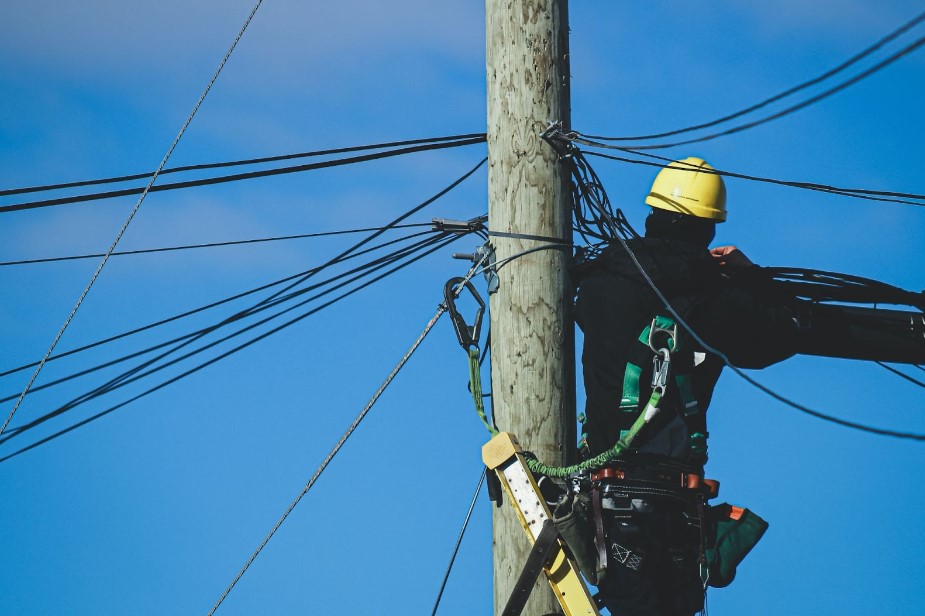
You have all heard of electrical wiring and the importance of good, safe wiring in our homes. But what makes one type of electrical wiring better than another?
Usually, it is the color-coded categories that help you identify which wires are safe and harmful. But what else can you tell about a wire? You can tell more about the quality of the wire by examining it for features that indicate a good electrical wire.
When you are replacing old wiring in your home or looking at a new piece of electrical wiring, you can inspect it for these features. A good electrical wire will be:
Thick and well-insulated
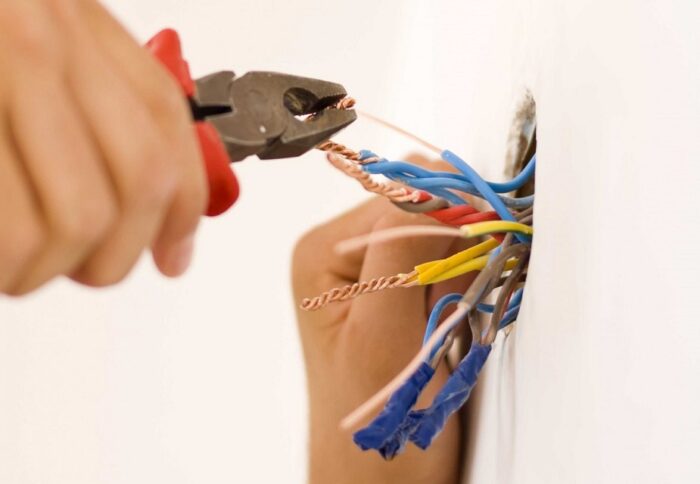
A quality electrical wire will be thicker than a standard wire. The thickness of the wire indicates its strength and durability of the wire. It also allows the wires to be well-insulated so that they don’t cause a fire hazard while installed and later in your home.
Insulation on an electrical wire can range from paper-covered wire to plastic-coated wire that is rubberized, but all insulation is designed to prevent short circuits and fires.
Soft wire
Some electrical wires are made of copper, which is a soft metal. Copper is an excellent conductor of electricity, but it has one drawback. It is so soft that it can be bent too easily, making it hard to pull through walls and other hard surfaces.
Harder metal wires are stiff enough that they can be pulled without kinking or damaging the wire. This also makes them easier to work with when you need to make a connection or bend the wire in some way, such as running it through a conduit.
Color-coded
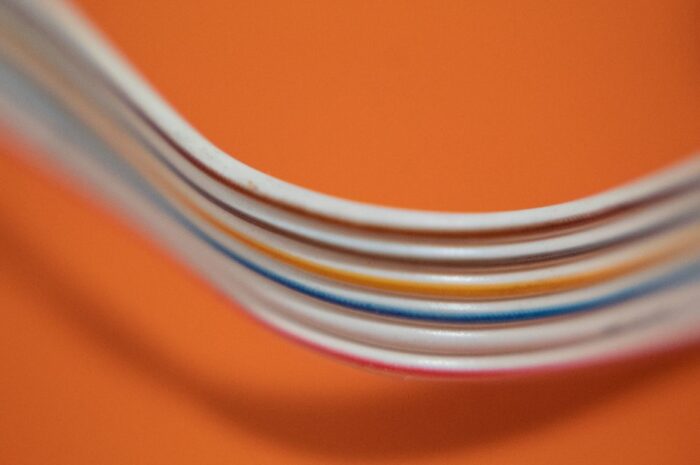
Different kinds of electrical wires and cables are color-coded to help you identify what you are working with. This helps you avoid accidentally using a wire for the wrong purpose, like connecting a light switch to high voltage wires, which could cause a fire or an electric shock. You should always follow the color code when buying new electrical wiring and when working with existing wiring.
Pre-insulated
Some types of wire have insulation already on them before they are even fitted into an electrical panel or run through a conduit. This is convenient because it saves you the trouble of stripping off the insulation on a new wire or adding insulation to an existing wire. You can also save money by buying pre-insulated wires because you don’t have to add any of your own.
Stranded
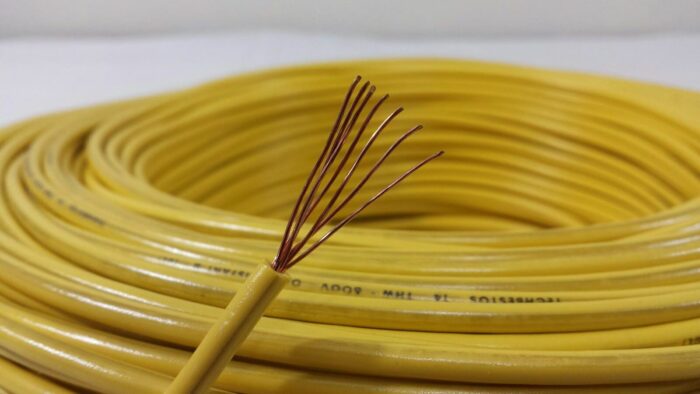
If you look at an electrical wire, you will notice that it is made up of many smaller wires twisted together. This is called a stranded wire. Stranding gives the wire more flexibility, so it can be bent and moved around more easily. It also makes the wire less likely to break if it is flexed too much.
Solid
Solid wire is made of a single, unbroken piece of metal. It is less flexible than stranded wire and can’t be bent as easily. However, it is more durable and less likely to break if it is flexed too much. Solid wire is also a good choice for connections that will carry a lot of currents because it has less resistance to the flow of electricity.
Electrical wiring is an important part of our homes and should be inspected for quality before installation. By looking for the features of good electrical wiring, you can be sure that your home is safe and up to code. Always follow the color-coded system when working with wires, and use stranded wire whenever possible to avoid breaking the wire.

